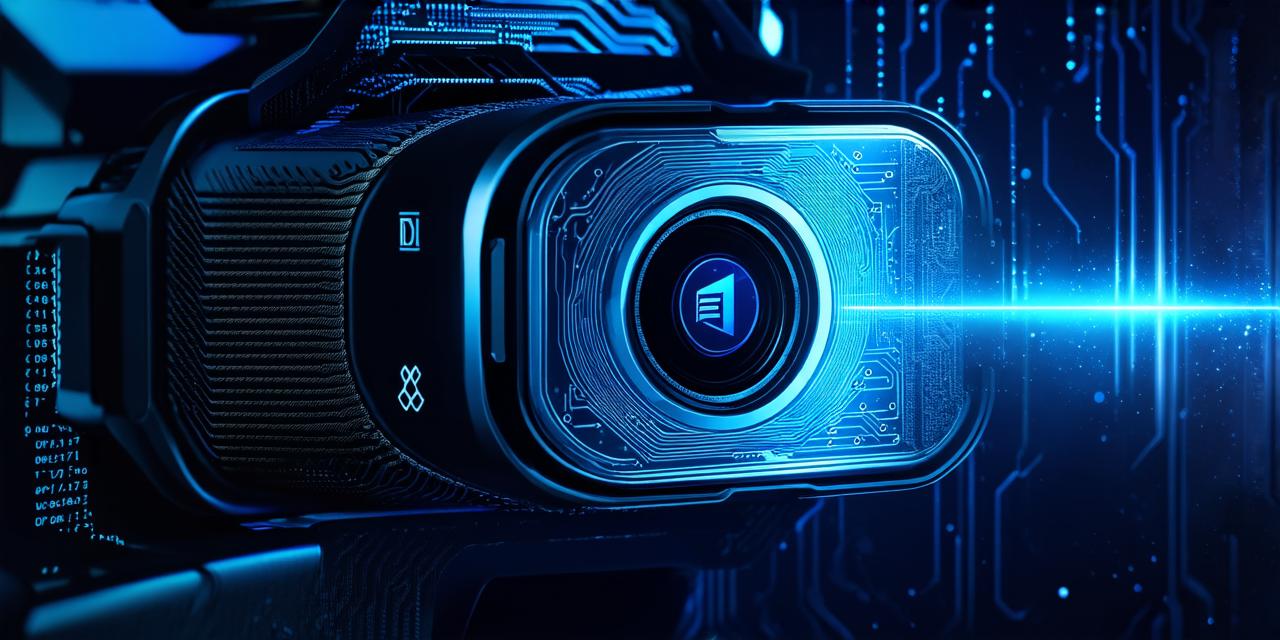<!DOCTYPE html>
Virtual Reality (VR) technology has become increasingly popular in recent years, with its potential for immersive experiences and increased engagement across various industries.
The Pico 4 VR headset is one of the most affordable and accessible options on the market, making it a popular choice for developers and consumers alike. In this article, we will explore everything you need to know about developing for the Pico 4 VR headset.
Pico 4 VR Headset Overview
The Pico 4 VR headset is a standalone device that offers a wireless and comfortable experience. It has a resolution of 1920 x 1080 per eye, which provides a sharp and clear image. The device also features a wide field of view (FOV) of 100 degrees, making it ideal for immersive experiences.
One of the main advantages of the Pico 4 VR headset is its affordability. It costs around $499, which makes it accessible to developers and consumers alike. Additionally, the device has a built-in motion tracking system, which eliminates the need for external sensors. This makes development easier and more cost-effective.
Pico 4 VR Development Process
The Pico 4 VR development process involves several steps, including:
-
Planning and Design
-
Development
-
Testing and Debugging
-
Deployment
1. Planning and Design
Before starting the development process, it is essential to plan and design your VR application. This includes determining the target audience, the goals of the application, and the features that will be included. It is also important to consider the hardware and software requirements for the Pico 4 VR headset.
1. Development
The development process involves creating the application’s assets, including 3D models, textures, and audio. Developers can use various software tools such as Unity, Unreal Engine, and Blender to create their applications. It is important to optimize the application for the Pico 4 VR headset’s hardware limitations.
1. Testing and Debugging
Testing and debugging are crucial steps in the development process. Developers must test their application on the actual device to ensure that it works correctly and provides a smooth user experience. Debugging is also essential to identify and fix any issues that may arise during testing.
1. Deployment
Once the application has been developed, tested, and debugged, it is ready for deployment. Developers can deploy their application on various platforms such as the Oculus Store or Steam. It is important to follow the guidelines provided by the platform for submission and distribution.
Pico 4 VR Development Tools and Resources
There are several tools and resources available for Pico 4 VR development, including:
-
Unity Hub
-
Unreal Engine
-
Blender
-
Pico 4 Developer Forum
1. Unity Hub
Unity Hub is a free tool that allows developers to create and manage their Unity projects on the Pico 4 VR headset. It includes features such as project management, code editing, and build automation.
1. Unreal Engine
Unreal Engine is another popular game engine that supports Pico 4 VR development. It offers advanced graphics and animation capabilities, making it ideal for creating immersive experiences.
1. Blender
Blender is a free and open-source 3D modeling and animation software that supports Pico 4 VR development. It includes a wide range of features such as rigging, animation, and rendering, making it an excellent choice for developers.
1. Pico 4 Developer Forum
The Pico 4 Developer Forum is a community-driven resource for developers to share knowledge, ask questions, and collaborate on projects. It includes resources such as documentation, tutorials, and sample code snippets.
Pico 4 VR Development Best Practices
To ensure the success of your Pico 4 VR application, it is important to follow best practices such as:
-
Keep up with the latest software updates
-
Optimize for hardware limitations
-
Test on multiple devices
-
Follow submission guidelines
Summary
Developing for the Pico 4 VR headset can be a rewarding experience, provided that you have the right knowledge and resources. By following best practices and utilizing the available tools and resources, developers can create immersive and engaging applications that will delight users across various industries. With its affordability, ease of use, and wide field of view, the Pico 4 VR headset is a popular choice for both consumers and developers looking to enter the world of virtual reality.
